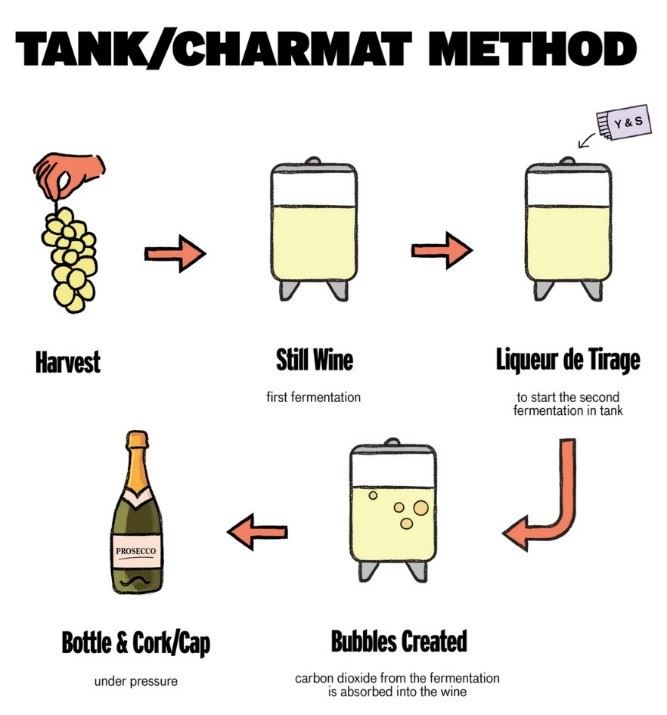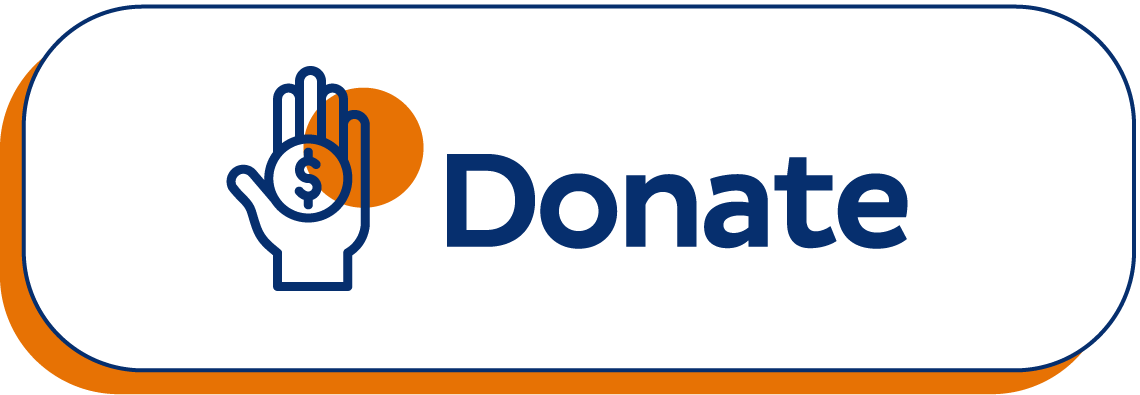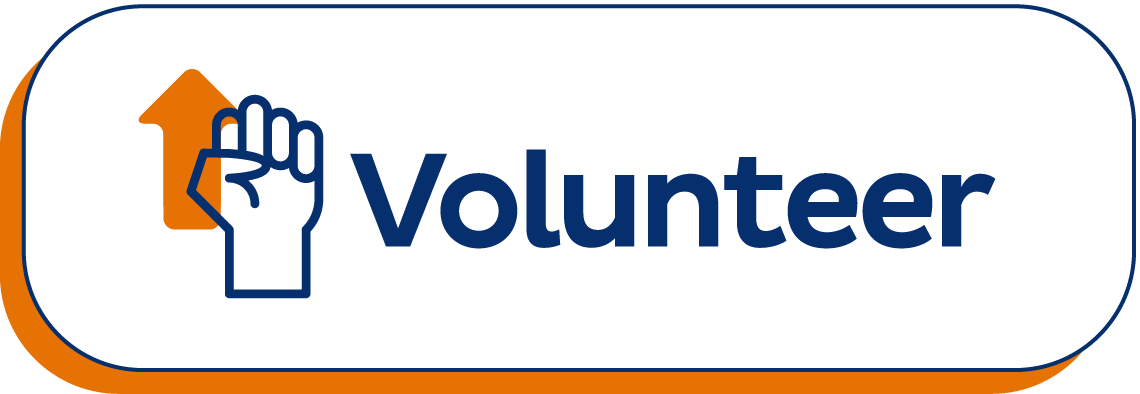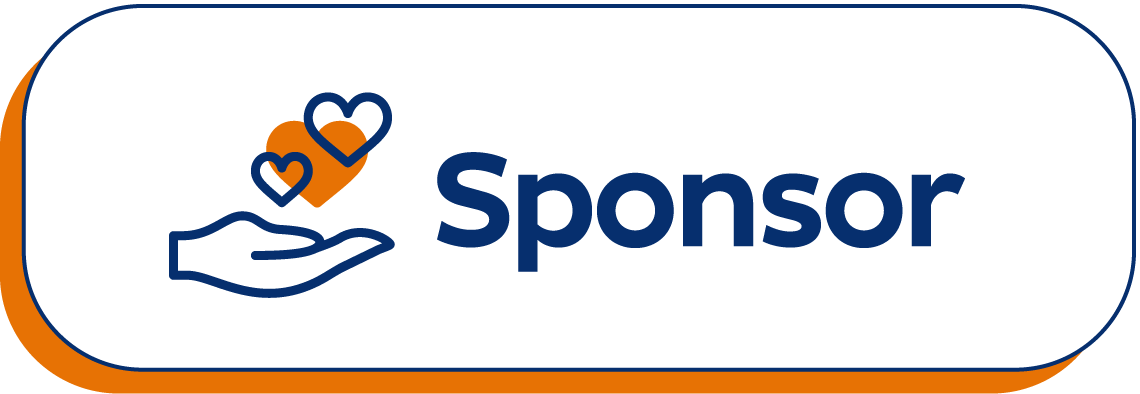
The Reopeningby Arthur Tan, BBA 1992 |
Covid-19 and Us |
| For the last 2 years and 10 months, what a roller coaster ride the pandemic had put us on. Coronavirus hit us towards the end of January 2020, and within the next 2.5 months, a lockdown was announced and the next thing I knew was that whatever little work I could do, it was done through a laptop at home. Moreover, the only excursion I could have was a trip to the nearby NTUC supermarket and the peering at every item along each shelf. No shops were opened and eateries were either closed or doing takeaways and deliveries. Devastation of businesses, lives that were turned upside down, deaths, and uncertainty became the norm. I used to have friends calling me to say, “Hey, your booze business should be ok. Happy times, people drink to celebrate. Unhappy times, people drink to forget.” Actually, consumption of liquor went down drastically. Why? Do you really hear of people getting drunk at home? Face the fact - Most people get drunk outside their homes! |
We cannot say that the pandemic is behind us. This virus is still mutating and moving amongst us causing trouble. We should probably say that we have moved on to another chapter, where there is a semblance of pre-pandemic days. I guessed that in little Singapore, most of us would either have known of families with personal tragedies or suffered personally because of Covid-19. There was a time for grieving and feeling sad over what happened. Now, it is time for us to remember that after the grieving, we should treasure the present and the people who are around us. We should start to celebrate the start of a New Normal. Cheers!
Champagne, Sparkling Wines & Production Methods
All champagne is sparkling wine, but not all sparkling wine is Champagne. The answer is that only sparkling wine produced in the French region of Champagne is allowed to be called a Champagne. And most champagnes are produced using Pinot Noir, Pinot Meunier, and / or Chardonnay. If you do come across the term “Blanc de Blancs”, it is translated as “White of Whites”. It means that this particular champagne is only using Chardonnay grapes. If it is “Blanc de Noirs”, it is translated as “White of Blacks”. In this case, it is made entirely from Pinot Noir grapes. Champagnes and some sparkling wines use the “Methode Champenoise” which involves creating the effervescence and bubbles in the bottle from the secondary fermentation process. This is a more complex process and together with the superb centuries old marketing of Champagne as one for nobility, Champagne in general is always much more expensive as compared to other sparkling wines even if they are made the same way, “Methode Champenoise”. | 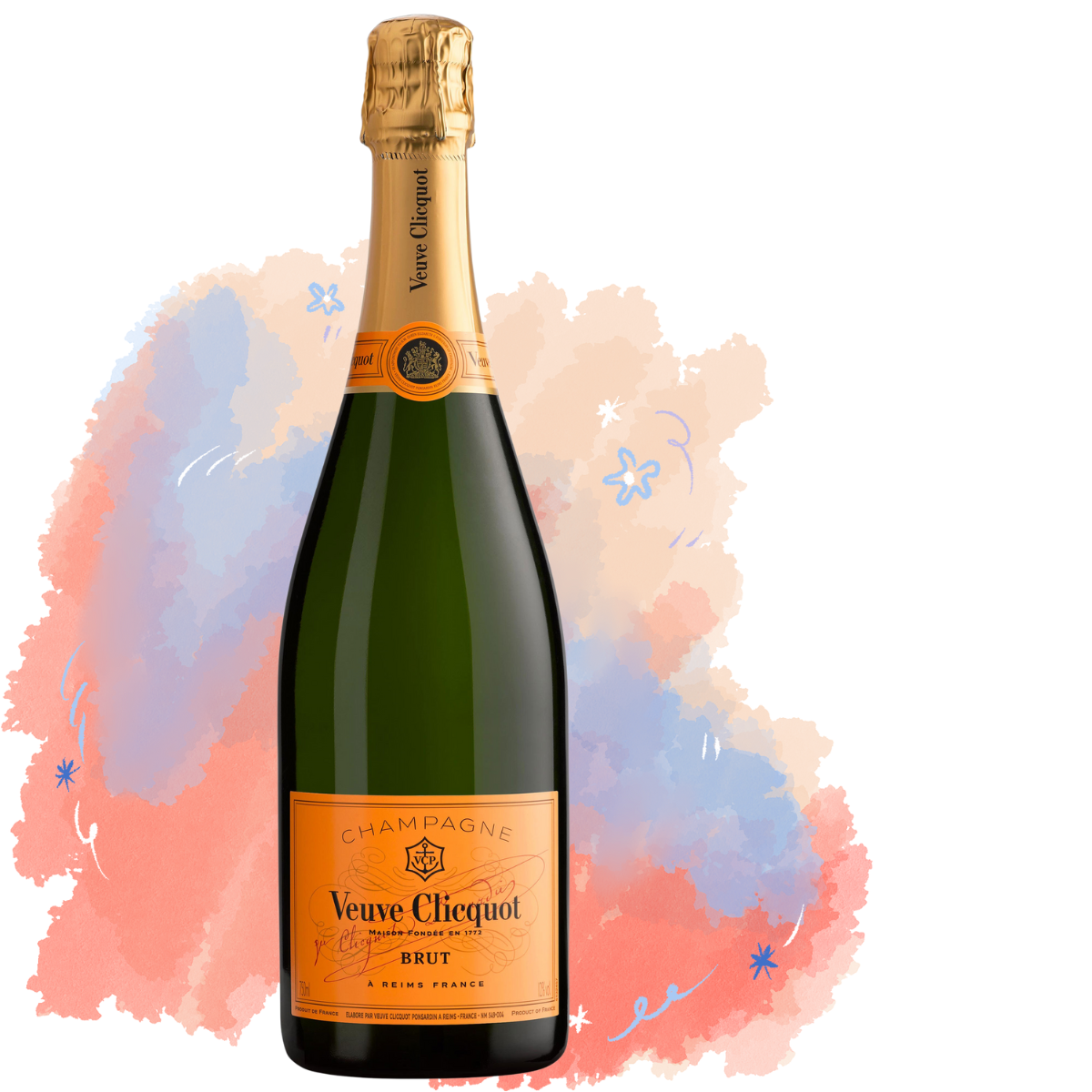 |
|
The other process used is called the Charmat Method, which traps bubbles in wines via carbonation in large steel tanks. Unlike Champagne which takes more than a year to make, the Charmat Method allows the sparkling wines to be ready for sale in months. And since it is easier to make them in large quantities, the prices are driven low. Your Italian Prosecco is made with the Charmat Method. What about Spanish Cava, which is another popular sparkling wine? It is made the same way as Champagne. But because the term “Methode Champenoise” is solely used by the French, the Spaniards have to call theirs “Traditionelle”. Now that you know the difference between Champagne, Sparkling wine, Prosecco and Cava, it is time for you to go out and get them. Savour them. Taste them. Celebrate life. And live well. (Fig 3 Goodpairdays.com)
|
|
Copyright Wine Tatler LLP 2021. All Rights Reserved
.png)

